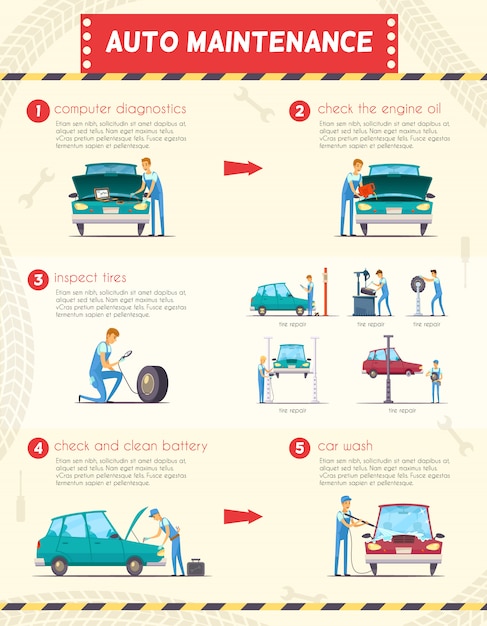Recognizing Your Automobile'S Caution Lights: What Do They Really Mean?
Recognizing Your Automobile'S Caution Lights: What Do They Really Mean?
Blog Article
Writer-Sykes Corbett
When you lag the wheel, those beautiful warning lights on your control panel can be a little bit difficult. Do you recognize what they're trying to inform you about your auto's health? Understanding the significance of these lights is important for your safety and security and the long life of your car. So, the following time among those lights appears, wouldn't you want to understand its message properly and take the needed actions to resolve it?
Common Warning Lighting and Interpretations
Identify common caution lights in your vehicle and recognize their meanings to make certain safe driving.
The most typical warning lights include the check engine light, which signals problems with the engine or exhausts system. If this light comes on, it's essential to have your lorry examined promptly.
The oil pressure alerting light indicates reduced oil pressure, needing immediate interest to prevent engine damages.
amd detailing blinking battery light might suggest a damaged billing system, possibly leaving you stranded if not dealt with.
The tire pressure monitoring system (TPMS) light notifies you to reduced tire pressure, affecting automobile stability and fuel performance. Overlooking this can result in unsafe driving problems.
The abdominal muscle light suggests a trouble with the anti-lock braking system, endangering your capability to quit quickly in emergency situations.
Lastly, the coolant temperature level warning light warns of engine overheating, which can cause severe damages otherwise settled promptly.
Recognizing these common warning lights will certainly help you attend to concerns immediately and preserve risk-free driving conditions.
Relevance of Prompt Focus
Recognizing the typical warning lights in your automobile is just the initial step; the relevance of quickly addressing these cautions can't be emphasized sufficient to guarantee your security when traveling.
When a caution light brightens on your dashboard, it's your automobile's way of communicating a prospective issue that needs interest. Disregarding these warnings can cause a lot more serious issues later on, jeopardizing your safety and potentially costing you much more out of commission.
Trigger interest to alerting lights can prevent malfunctions and mishaps. For instance, a blinking check engine light can suggest a misfire that, if left neglected, might create damages to the catalytic converter. Addressing this promptly can conserve you from a costly repair.
Likewise, https://www.moneytalksnews.com/7-tips-to-retire-with-a-million-dollar-nest-egg/ alerting light might indicate low brake fluid or used brake pads, important components for your safety when driving.
DIY Troubleshooting Tips
If you notice a caution light on your control panel, there are a few DIY repairing suggestions you can try before looking for expert assistance.
https://ecutuningsoftwarefree28495.myparisblog.com/30440053/the-basics-of-diy-vs-specialist-auto-describing-what-you-required-to-understand is to consult your cars and truck's manual to recognize what the specific caution light indicates. In some cases the problem can be as easy as a loose gas cap setting off the check engine light. Tightening up the gas cap may solve the problem.
One more common concern is a reduced battery, which can trigger various advising lights. Inspecting the battery connections for rust and guaranteeing they're protected could take care of the trouble.
If a caution light lingers, you can attempt resetting it by disconnecting the auto's battery for a few mins and then reconnecting it. In addition, inspecting your vehicle's liquid degrees, such as oil, coolant, and brake liquid, can aid fix advising lights connected to these systems.
Final thought
To conclude, understanding your car's warning lights is necessary for maintaining your vehicle running smoothly and securely. By quickly resolving these signals and recognizing what they mean, you can stay clear of expensive fixings and potential breakdowns.
Remember to consult your vehicle's handbook for specific details on each warning light and take action appropriately to guarantee a trouble-free driving experience.
Keep notified, remain risk-free on the road!
